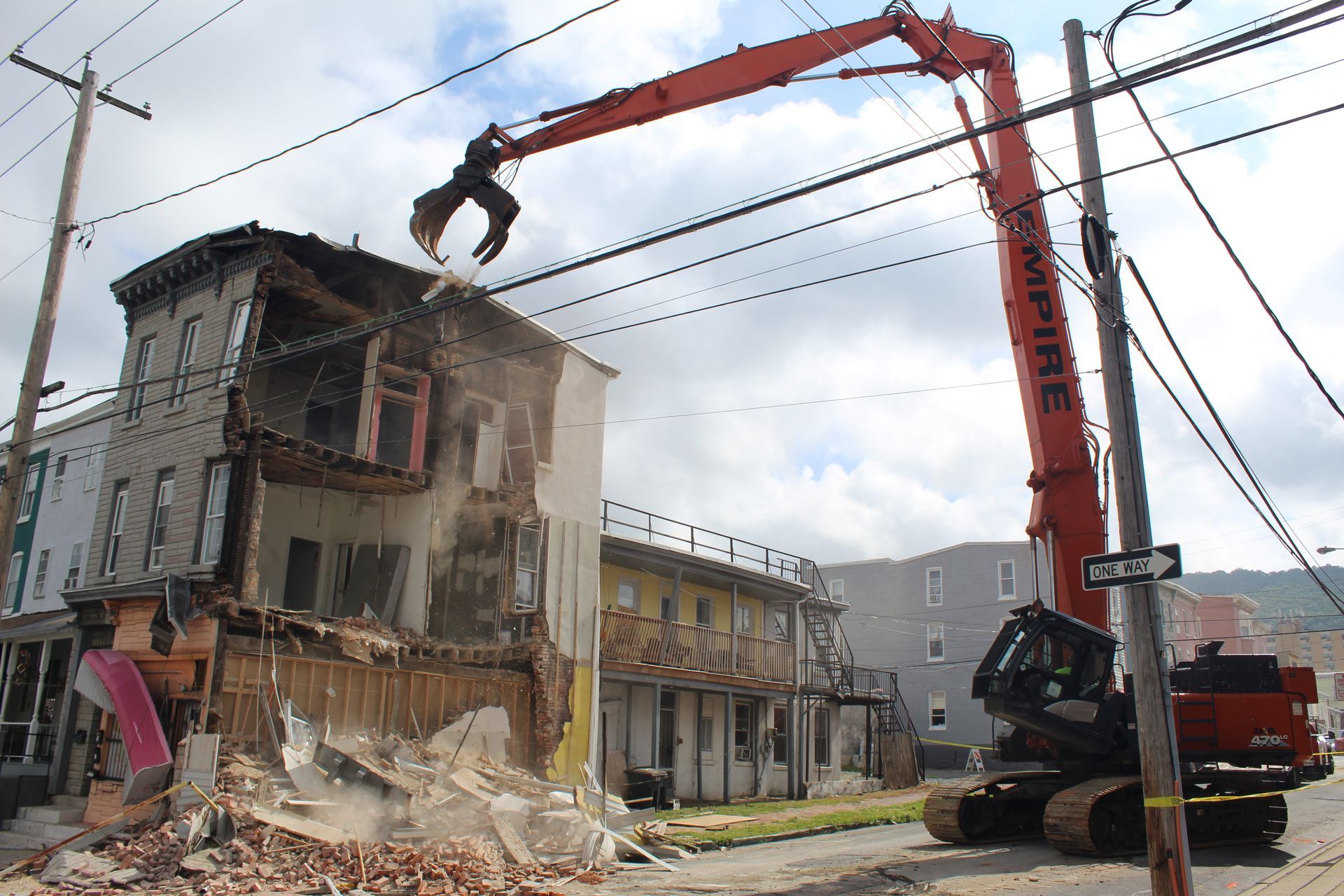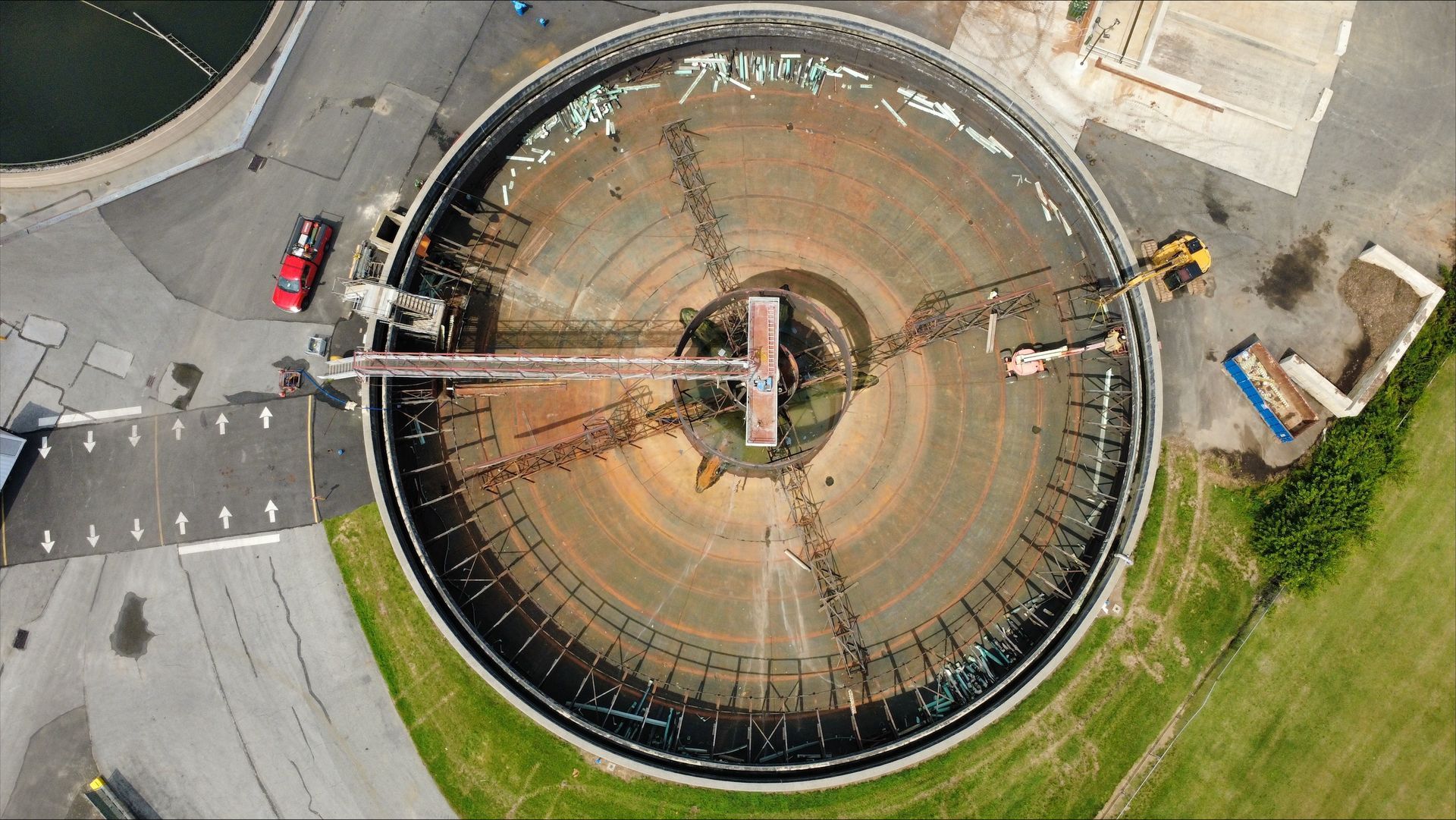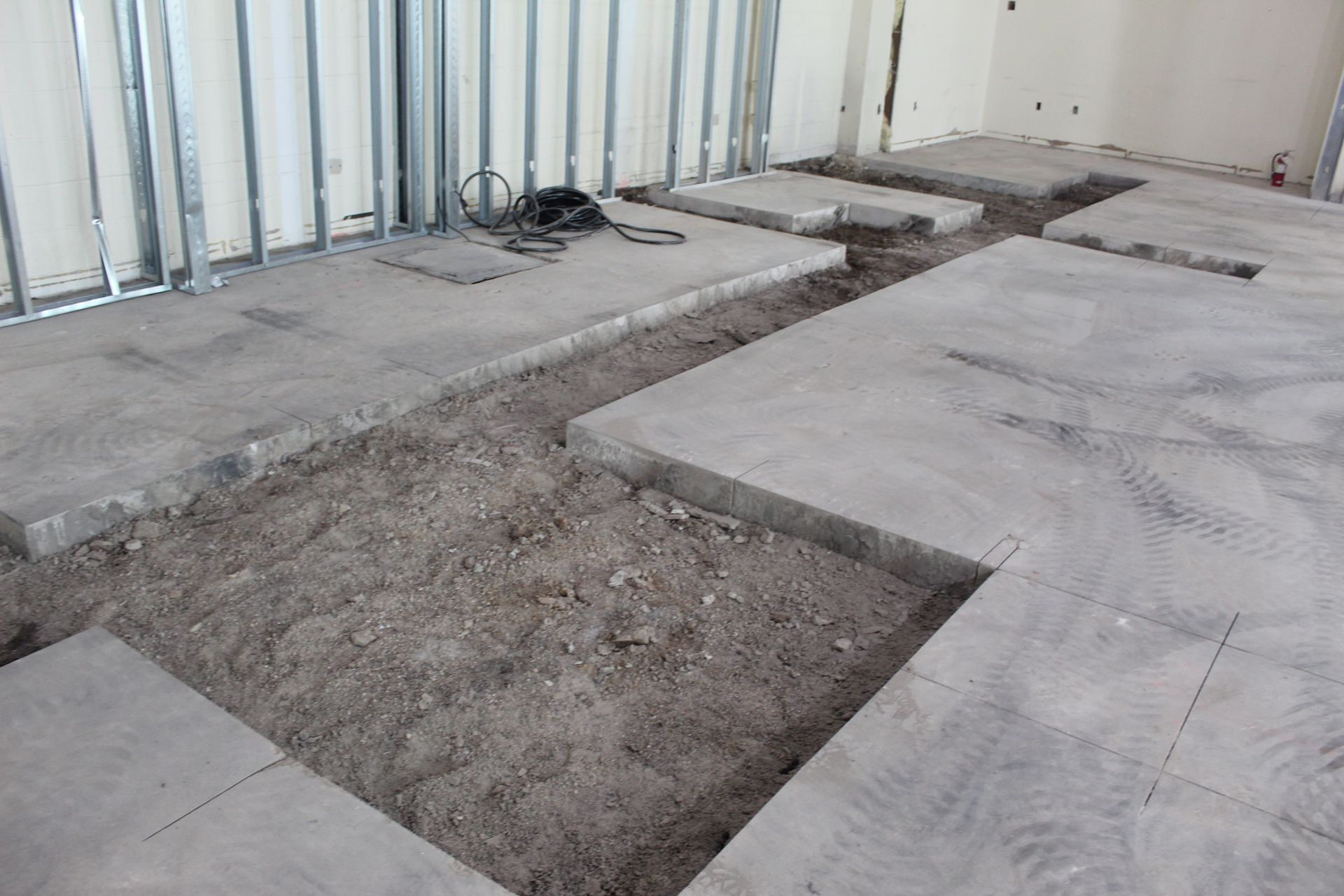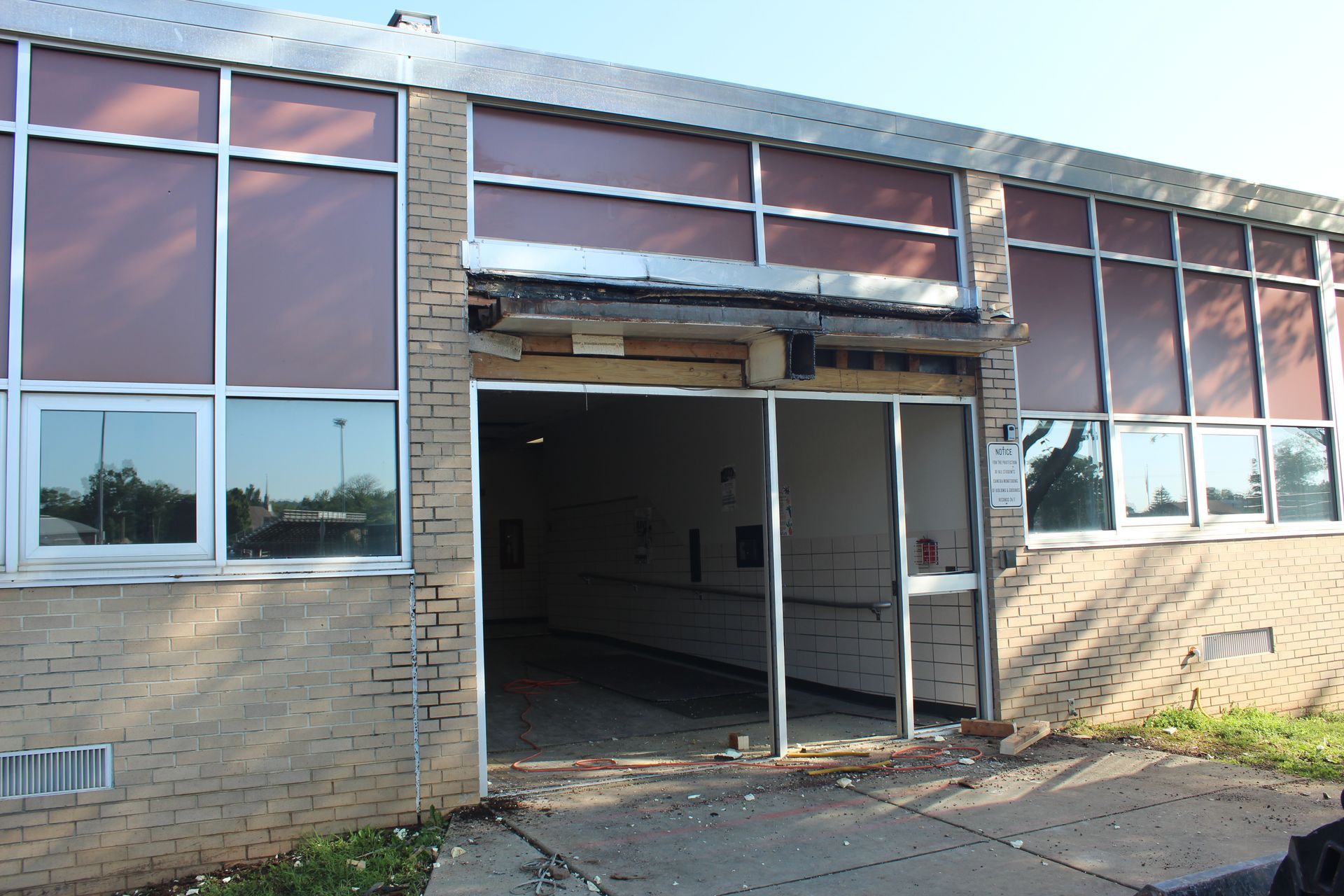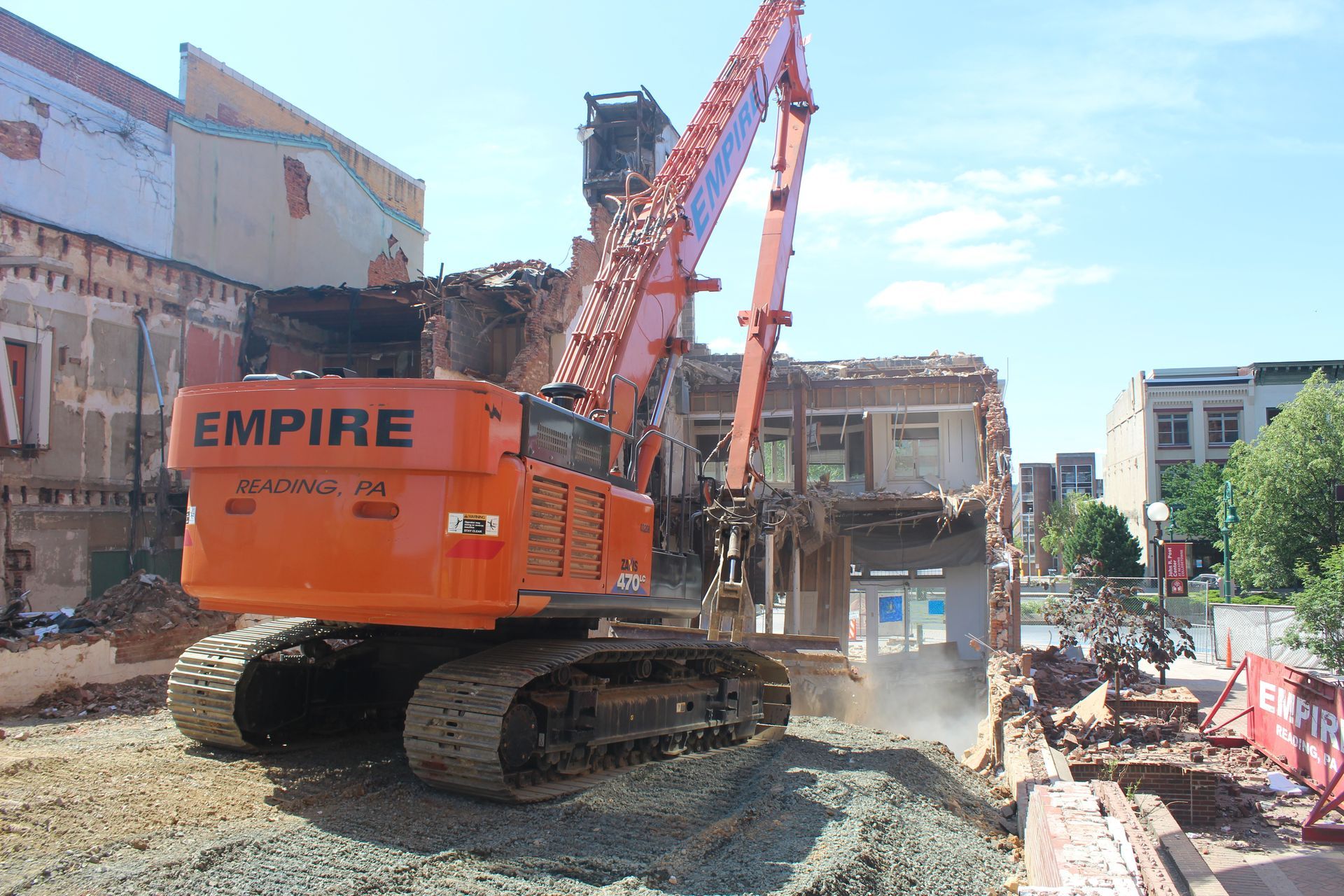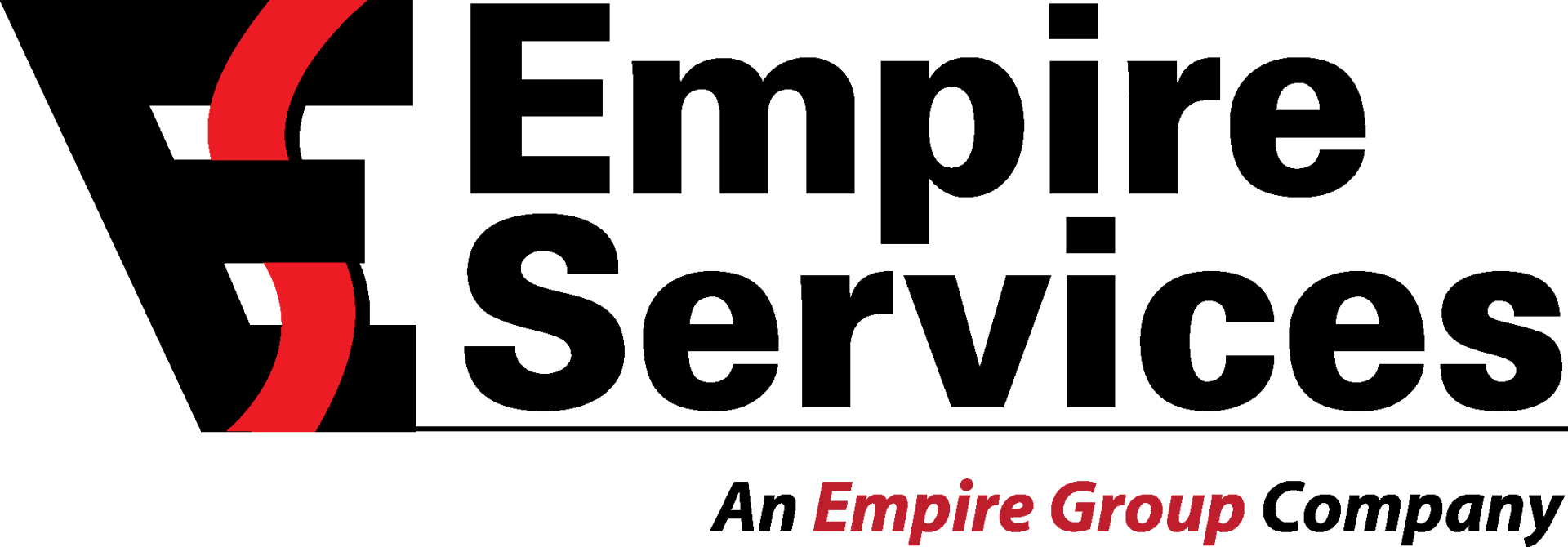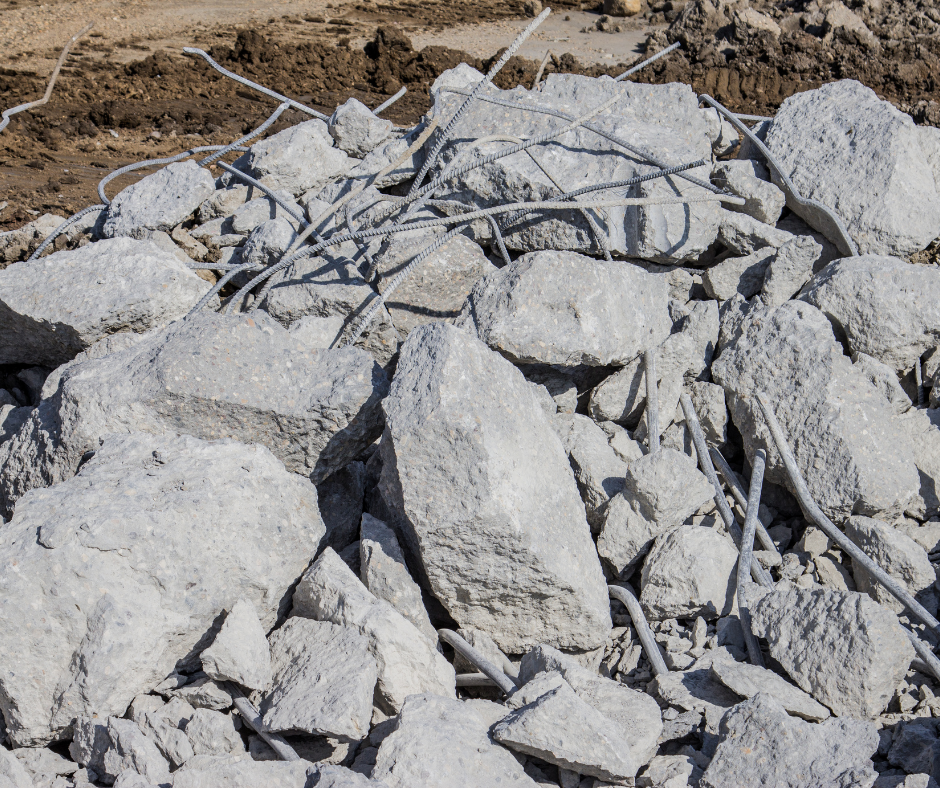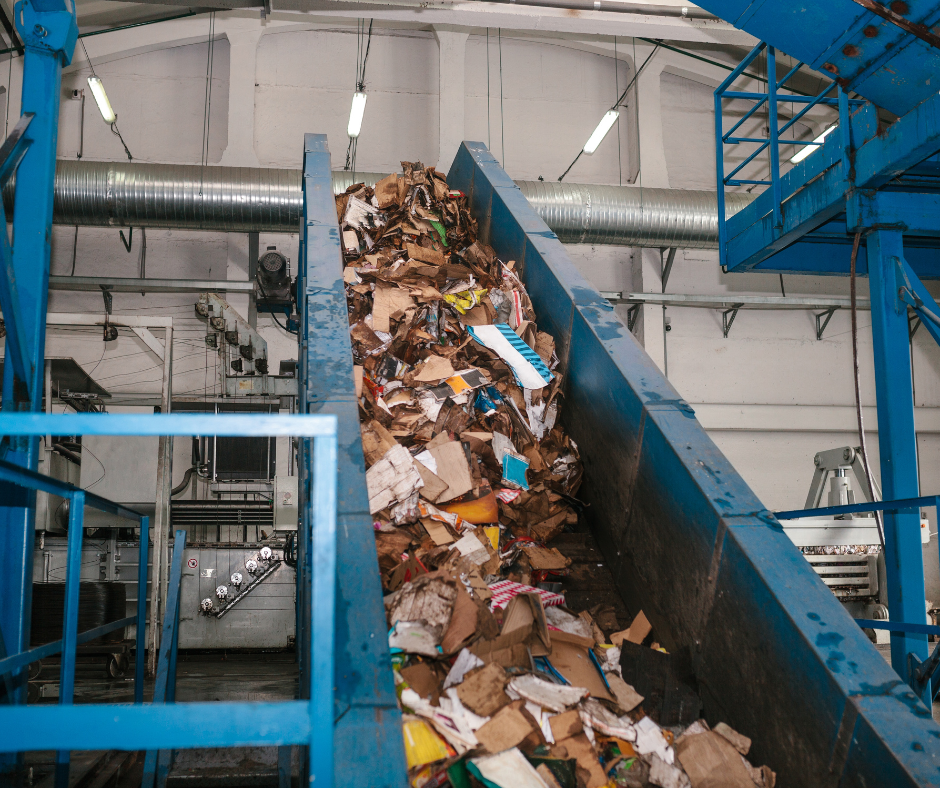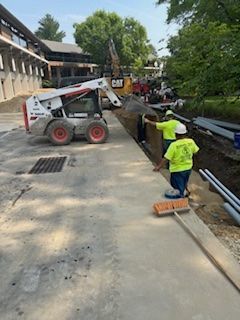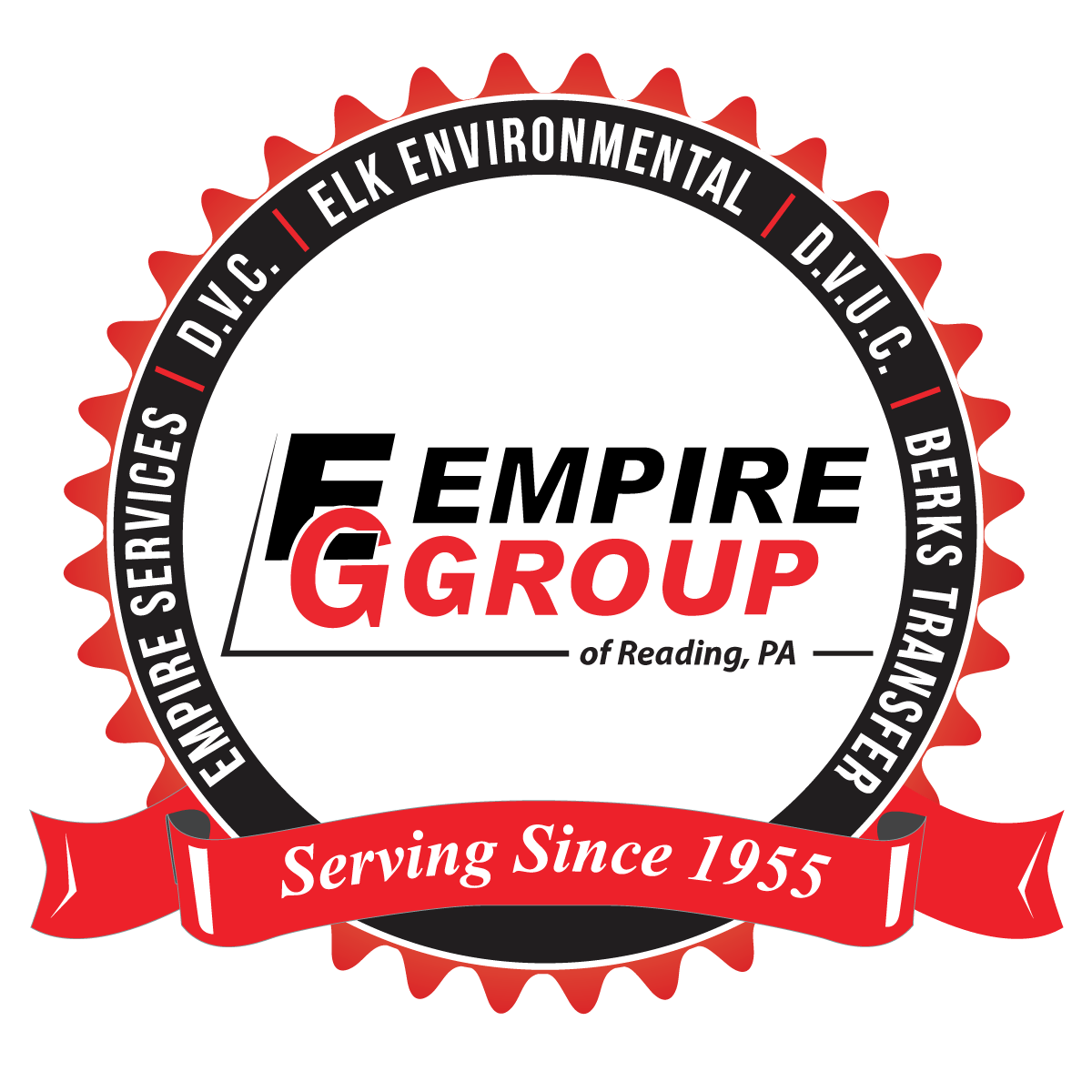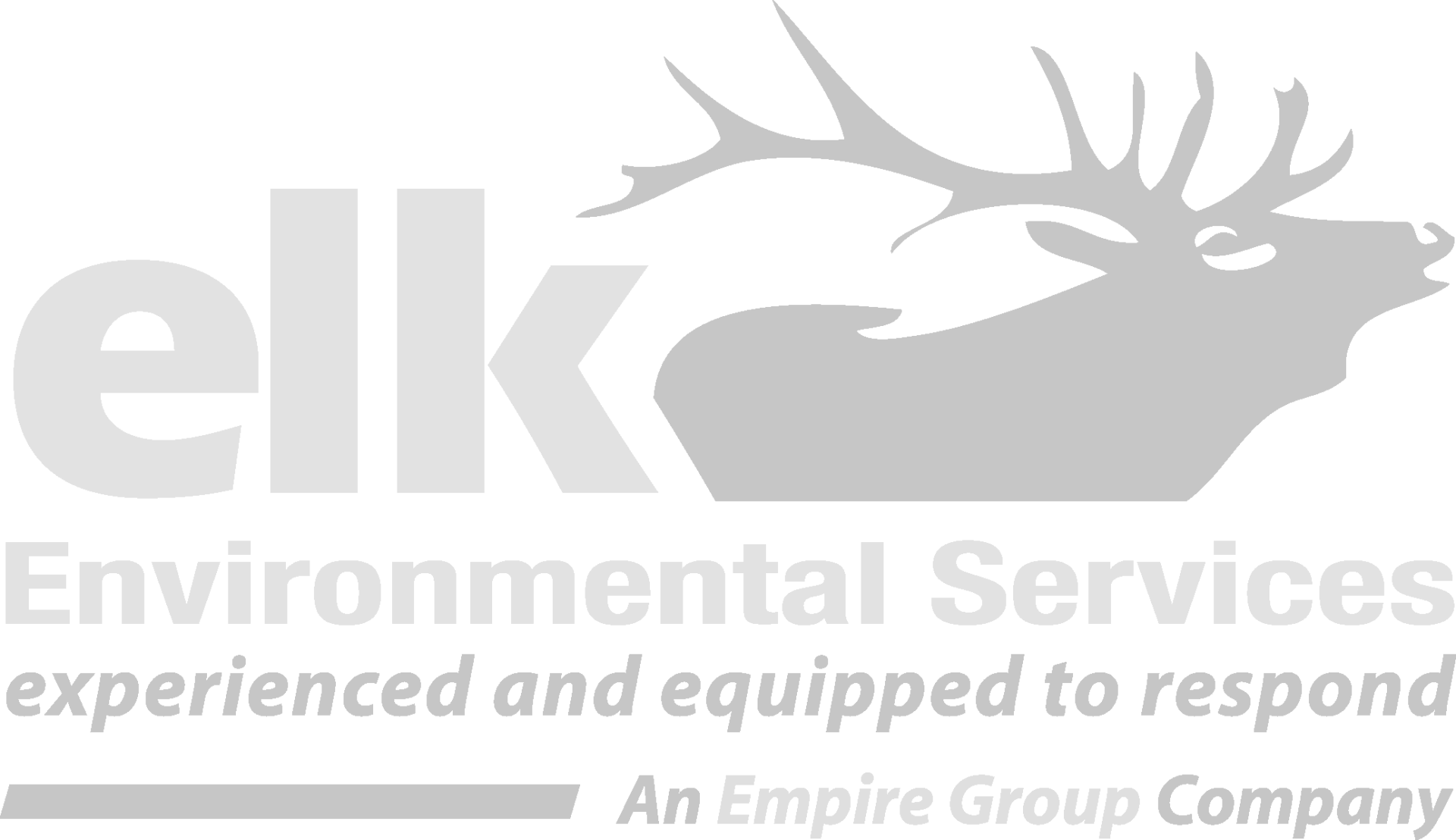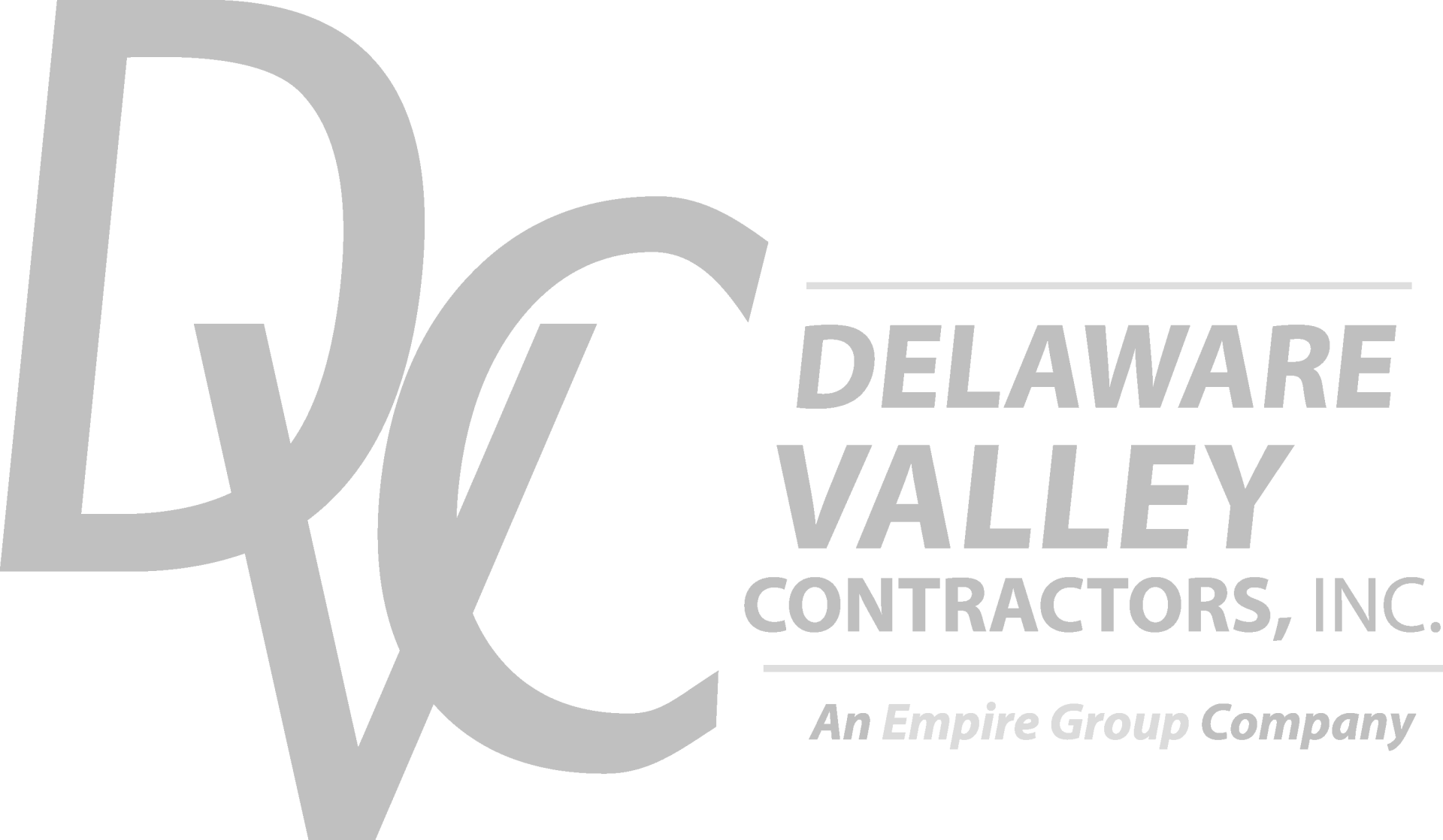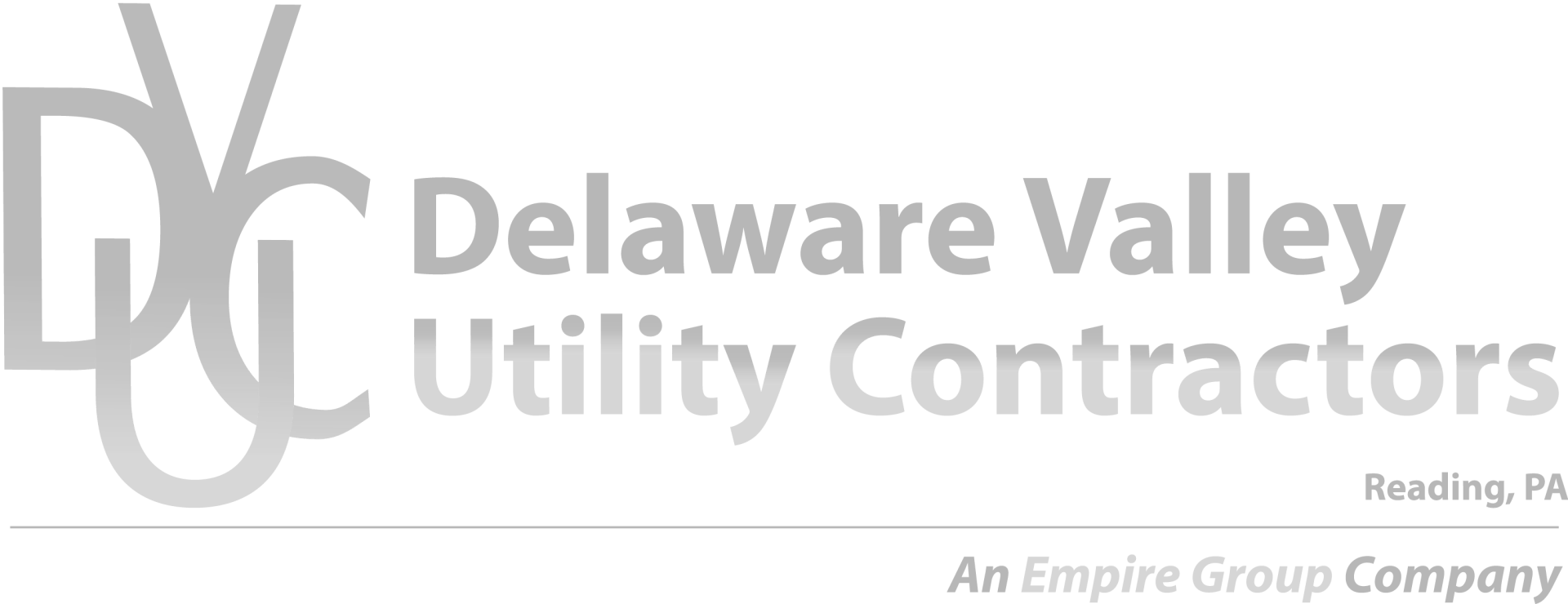Material Reuse and Recycling: One of the primary goals of LEED demolition requirements is to maximize the reuse and recycling of materials. This includes salvaging building components such as steel, wood, and concrete for reuse in future projects while diverting materials from landfills.
Understanding LEED Demolition Requirements: Building a Sustainable Future
In our pursuit of sustainable development, the importance of environmentally conscious practices in construction and demolition cannot be overstated. LEED (Leadership in Energy and Environmental Design) certification has become a hallmark for sustainable buildings, promoting energy efficiency, water conservation, and healthier indoor environments. However, LEED doesn't just focus on construction; it also extends its principles to demolition processes. Let’s take a look at key LEED demolition requirements and how they contribute to a greener future.
Why Demolition Matters
When we think about sustainability in construction, the demolition phase often gets overlooked. However, it's a crucial aspect of the building lifecycle. By integrating sustainable practices into demolition processes, we can minimize adverse effects and pave the way for an eco-friendlier approach to urban development.
LEED Demolition Requirements
LEED provides guidelines and criteria for sustainable demolition through its Building Design and Construction (BD+C) rating system. These requirements focus on several key areas:
Energy Efficiency: Sustainable demolition also addresses energy efficiency considerations. This may involve deconstructing buildings in a manner that minimizes energy consumption and optimizing transportation routes to reduce fuel emissions. Additionally, salvaging materials for reuse can offset the energy required to produce new construction materials, further enhancing the project's sustainability credentials.
Incorporating sustainable practices into demolition processes is essential for building a more sustainable future. LEED demolition requirements provide a comprehensive framework for minimizing waste, protecting the environment, and promoting resource efficiency. By embracing these guidelines, demolition (and construction) professionals can play a vital role in advancing sustainability and creating healthier, more resilient communities for future generations. At Empire Services, we strive to reduce our environmental footprint by meeting LEED demolition requirements.


